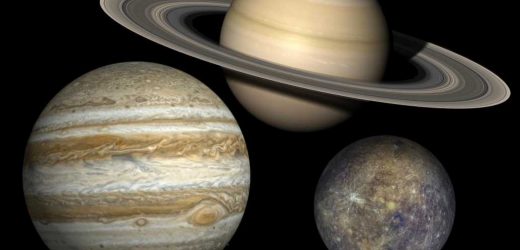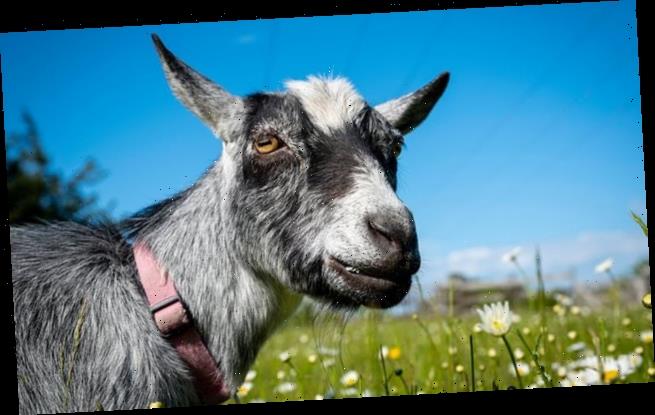More On:
astronomy
Atomic clock scientists suggest shortening minute to 59 seconds
A Harvard professor says an alien visited in 2017 — and more are coming
Bizarre exoplanet found in deep space could be Planet Nine’s ‘cousin’
Samples from asteroid more than hoped for, Japan researchers say
It’s an intergalactic ménage à trois that doesn’t involve Uranus.
Thought the 2020 “double planet” was impressive? This weekend, stargazers can witness Mercury, Jupiter and Saturn share the sky as part of a mind-blowing “triple conjunction.”
As a service to sky watchers, we’ve rounded up everything you need to know about this interstellar phenomenon.
What is the “triple conjunction”?
A triple conjunction occurs when three planets align in the sky, forming a celestial conga line of sorts.
During this year’s triple-header, Mercury, Jupiter and Saturn will appear within 2 degrees of each other in the Capricorn constellation, Forbes reported.
NASA wrote that “from Friday evening to Monday evening, the planet Mercury will appear to pass [by] first Saturn and then Jupiter as it shifts away from the horizon, visible each evening low in the west-southwest and setting before evening twilight ends.”
How to see the spectacle
The window for catching this cosmic congregation is short. EarthSky reports that the planetary trio will be visible at dusk but will set by nightfall, so stargazers will ideally need to station themselves at an unobstructed horizon within 30 minutes before sunset.
Once at a suitable vantage point, sky watchers are advised to look low to the west-southwest horizon, according to NASA.
While binoculars are recommended, intergalactic gawkers can witness the triple conjunction with the naked eye by first looking for Jupiter — the brightest of the three — then spotting Saturn and Mercury.
When is the next triple conjunction?
After this weekend, the next time these three planets align will be just before Valentine’s Day, on Feb. 13.
In fact, this particular three-way happens fairly frequently by space standards, with the most recent such interplanetary rendezvous occurring in 2015. By contrast, last month’s “Christmas star” marked the first Jupiter-Saturn conjunction since 1226.
Share this article:
Source: Read Full Article


